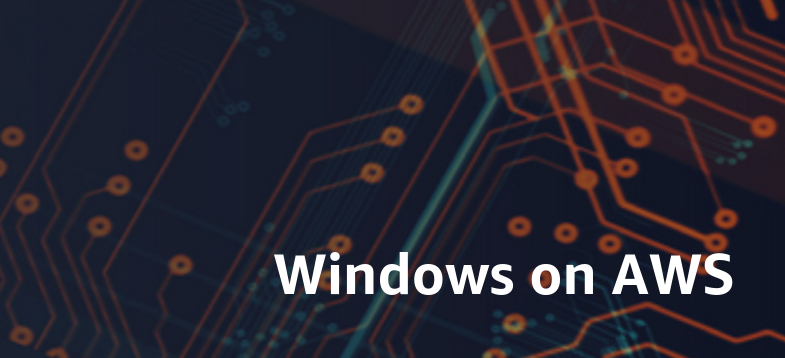
‘Blend -> Mend -> Tend’
This blog is focusing on how data integrations tools are playing key role in Artificial Intelligence and high-level view of industry’s tools on data integration. Gartner’s Magic Quadrant details on Tools for Data Integration are good place to start.
Looking at Generative AI role in enhancing data integration tools. Some views on the same:
By 2027, AI-enhanced workflows (including AI assistants) in data integration tools will increase self-service of data management and reduce human intervention by 60%.
Augmentation Features: Leveraging GenAI and prepackaged ML algorithms to auto-generate data pipeline code and documentation, optimize data integration operations (e.g., anomaly detection, auto-recovery), and use natural language to query and transform data.
Gartner’s details on Data Integration Tools in below Magic Quadrant

Market Overview
Growth: The tools in market for data integration grew by 9.8% in 2023, driven by modern data integration requirements and cloud data ecosystems.
Trends: Tools must support hybrid and multi-cloud deployments, multiple user personas, and modern data management architectures like data fabric, data mesh, and lake-house.
Technical Overview of Data Integration Tools
Data Extraction and Delivery
- Styles: Bulk/batch, replication, streaming, virtualization.
- Connectors: Out-of-the-box and configurable for seamless data access.
Data Transformation
- Levels: Basic (string manipulation), intermediate (data source merging), advanced (complex parsing).
- Components: Prebuilt, reusable, configurable, or custom.
Data Preparation
- Techniques: Low-/no-code ingestion, basic modeling, data blending, visual exploration.
Augmentation - Capabilities: Generative AI, prepackaged ML algorithms for pipeline optimization.
Metadata Management
- Features: Discovery, access, sharing of technical and operational metadata.
Data Governance
- Functions: Data quality, lineage, policy enforcement, masking. Vendor-Specific Realizations
Vendor Analysis
| Vendor | Leaders In | Improvements Needed |
| Ab Initio Software | Enterprise focus, AI capabilities, customer satisfaction. | High price, operational complexity. |
| Amazon Web Services (AWS) | Zero-ETL integrations, serverless architecture, support for multiple personas. | High cost, limited multicloud vision. |
| CData | Strong sales strategy, low TCO, data virtualization. | Point solution approach, evolving market positioning. |
| Confluent | Stream data integration, data governance, modern data management support. | Limited nonstreaming integration, high cost. |
| Denodo | Data virtualization, partnership growth, customer experience. | Physical data movement limitations, distributed deployment management. |
| Fivetran | Connectivity, ease of use, scalable pricing. | Limited transformation capabilities, basic metadata support. |
| AI-aided workflows, data governance, developer experience. | Google-centric products, complex portfolio. | |
| IBM | Data integration vision, global presence, streaming capabilities. | High cost, solution complexity. |
| Informatica | Metadata use, AI-ready data vision, mature portfolio. | Slower growth, migration challenges. |
| Microsoft | Market momentum, broad ecosystem vision, AI-powered capabilities. | Limited hybrid/multicloud vision, gaps in supporting capabilities. |
| Oracle | Multicloud vision, complex architecture support, operational integration. | High cost perception, limited selection outside Oracle ecosystem. |
| Qlik | Product portfolio, data replication, governance. | Pace of R&D, price increases. |
Innovation and Future Trends
GenAI Integration:
Vendors are increasingly integrating GenAI to enhance data integration capabilities, automate complex tasks, and improve user experience.
AI-Ready Data:
Tools are evolving to support the creation and management of AI-ready data assets, enabling more efficient and effective AI applications.
Conclusion
Each tool’s placement in the quadrant is justified by its strengths in specific features and capabilities, as well as its limitations. Leaders like AWS, Google, and Microsoft excel in innovation and comprehensive support, while niche players like CData and Safe Software offer specialized solutions with lower TCO and strong customer satisfaction.
For AI architects seeking tools with less integration effort, AWS and Denodo stand out due to their strong support for multiple personas, seamless data access, and robust data virtualization capabilities. However, cost and operational complexity should be considered when making a decision.
Generative AI is playing a crucial role in transforming data integration tools by automating tasks, enhancing user interfaces, and enabling more efficient data management practices. This trend is expected to grow, with significant advancements anticipated by 2027 (may be even earlier).
Glossary:
Devising (verb) (present participle) — Invent or plan (a mechanism, complex procedure or system) by careful thought
Blend (verb) — form a harmonious combination
Mend (verb) — repair (something that is broken or damaged) or improve (an unpleasant situation)
Tend (verb) (tend to/towards) — be liable to possess or display (a particular characteristic)








